What is R programming?
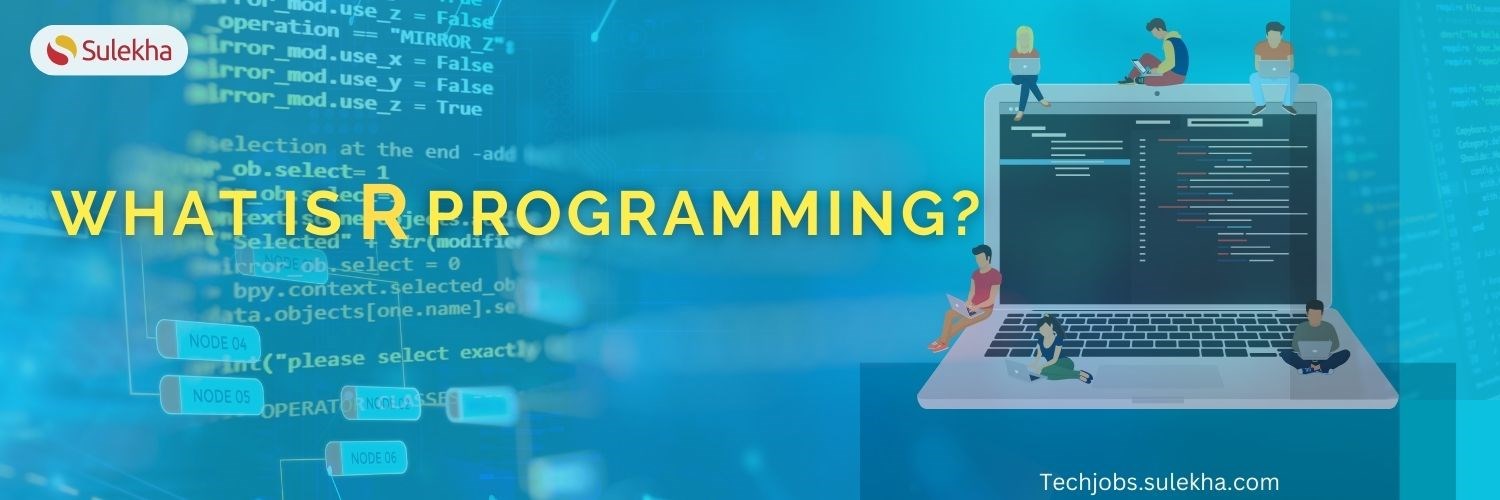
What is R programming?
R language was developed by Ross Lhaka, Robert Gentleman, and his team at Bell Laboratories (formerly AT&T). The R language was primarily developed for statistical computation and graphical data visualization of data. R is an environment suitable for doing statistical analysis and modular programming using functions. R language is an interpreted computer programming language used for computing, data representation, reporting and modelling.
Features of R
R is an open-source data analysis software meant to analyze statistical data
R is a well-developed, simple and effective language
R provides an array of statistical techniques, including time-series analysis, clustering, classification, statistical tests, linear and non-linear modelling, etc.
R can support several data types, including data frames, arrays, matrices, and frameworks.
R is popular and well-known for its high-quality graphic features. R allows its users to create detailed, customizable visualizations and plots
R can handle data manipulations, data calculations, and storage. R has efficient data calculation, data handling and data storage capabilities.
R has a comprehensive library with a vast collection of packages. The library package is available through CRAN (comprehensive R archive network). The library functionalities extend to several statistical and graphical techniques.
R has excellent community support for developers and users. R can extend excellent community support, documentation support, and tutorials.
R has excellent integration capability and can be integrated with programming languages and databases.
R has powerful data visualization libraries. Libraries like lot2, lattice, and Plotly help create interactive, dynamic and static visuals.
R can run and support several operating systems like Windows, macOS, and Linux.
R can support machine learning algorithms with packages like the caret, Random Forest, and boost.
R has a comprehensive environment to support statistical programming. R has tools for data cleansing, data analysis and data visualization.
R has extensive documentation and built-in files.
Why should you learn R programming?
There are several reasons why you should learn R programming.
R is beginner-friendly and easy to learn.
R has gained popularity in data science IT domains. R has become popular in the business domain due to businesses rely heavily on data
R is specifically designed for data analysis and statistics. If you aspire to pursue a career in data science or data analysis, you should learn R.
R is used widely in academia to teach statistics and data science. Learning R can help work with data, academic research, or to work and analyze personal projects.
If you have hands-on experience and knowledge of R, your career opportunities are bright. You can work in data science, data analytics, economics, IT, bioinformatics, health informatics, and many more domains dependent on data and data analysis.
What are the popular packages in R?
The popular packages in R are:
dplyr: Data manipulation.
ggplot2: Data visualization.
tidyr: Data tidying.
shiny: Building interactive web applications.
caret: Machine learning.
lme4: Linear mixed-effects models.
data.table: High-performance data manipulation
What are the popular communities in R?
The popular communities in R are:
Stack Overflow: R-specific questions and answers.
RStudio Community: Discussion forums for R and RStudio users.
Reddit: r/rstats for R-related discussions.
Career opportunities
R opens a plethora of career opportunities to all. Some of the career opportunities that you may look into are:
Data scientist, business analyst and data analytics: As data scientist and data analysts, you will analyze complex data and extract meaningful insights.
Research and academia: As a statistician, you can design experiments, analyze the data with statistical tools, and interpret results. You can also be an academic researcher who conducts scientific research or teaches or publishes findings.
Bioinformatics and researcher: You can work as a Bioinformatician and analyze biological data or as a clinical data analyst.
Finance and Economics: You can work as a quantitative analyst and assess the financial risks and opportunities. You can work as an economist and analyze the economic policies.
Machine learning engineer: You can work on machine learning algorithms.
Conclusion: R is an excellent tool for data analysis. Join our course on R programming to explore the subject in-depth.
Take the next step towards your professional goals in R Programming
Don't hesitate to talk with our course advisor right now
Receive a call
Contact NowMake a call
+1-732-338-7323Latest blogs on technology to explore

From Student to AI Pro: What Does Prompt Engineering Entail and How Do You Start?
Explore the growing field of prompt engineering, a vital skill for AI enthusiasts. Learn how to craft optimized prompts for tools like ChatGPT and Gemini, and discover the career opportunities and skills needed to succeed in this fast-evolving indust
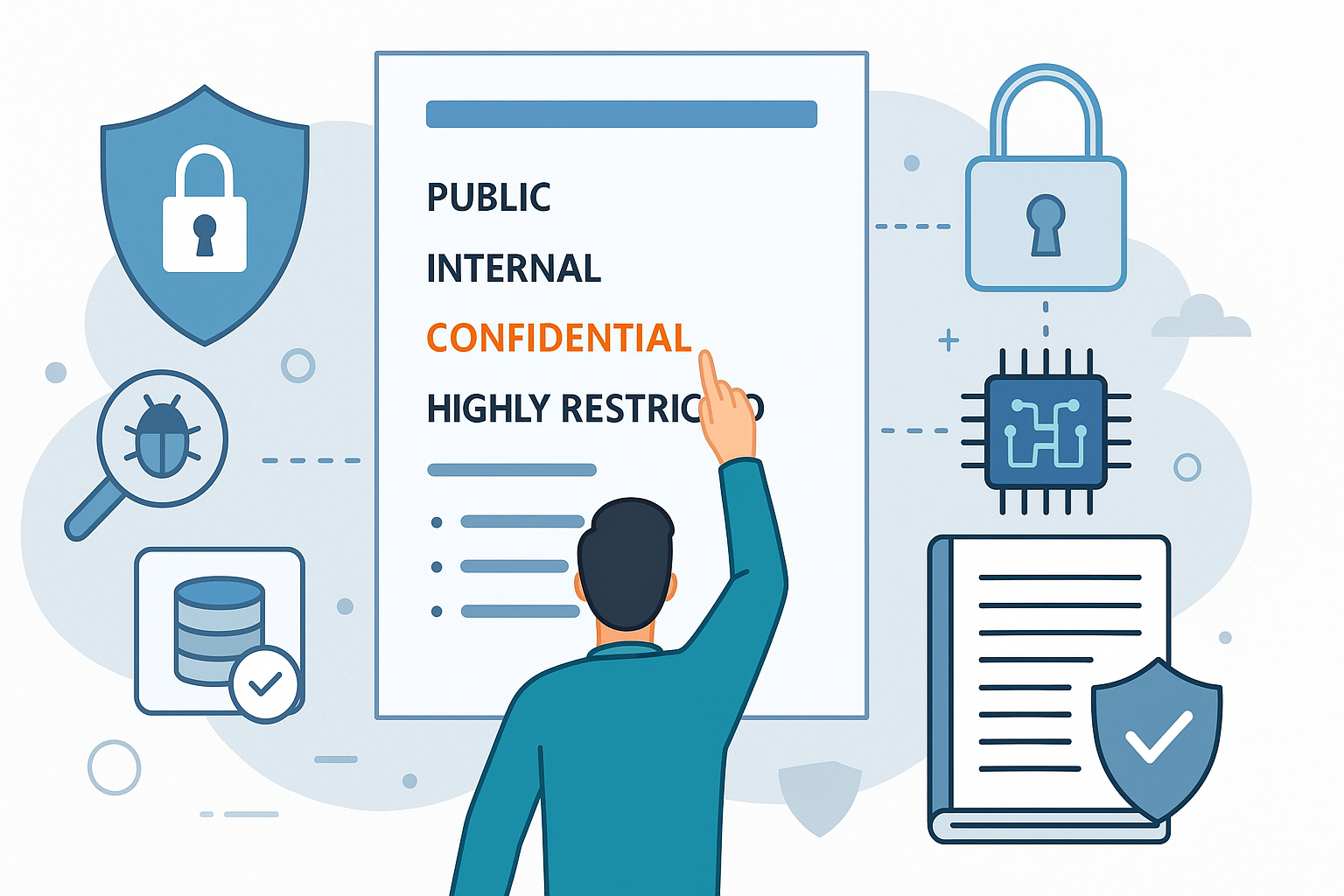
How Security Classification Guides Strengthen Data Protection in Modern Cybersecurity
A Security Classification Guide (SCG) defines data protection standards, ensuring sensitive information is handled securely across all levels. By outlining confidentiality, access controls, and declassification procedures, SCGs strengthen cybersecuri
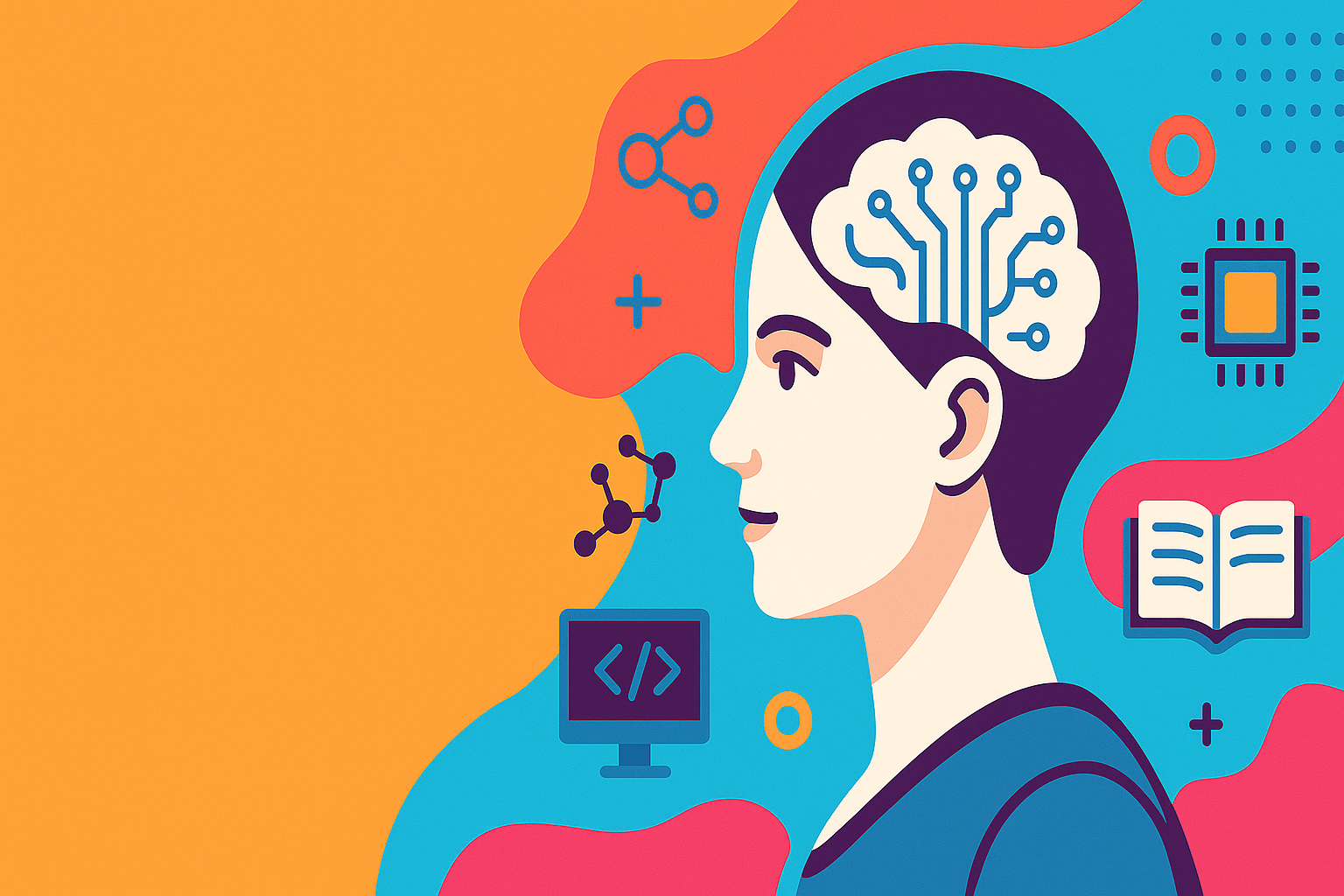
Artificial Intelligence – A Growing Field of Study for Modern Learners
Artificial Intelligence is becoming a top study choice due to high job demand and future scope. This blog explains key subjects, career opportunities, and a simple AI study roadmap to help beginners start learning and build a strong career in the AI
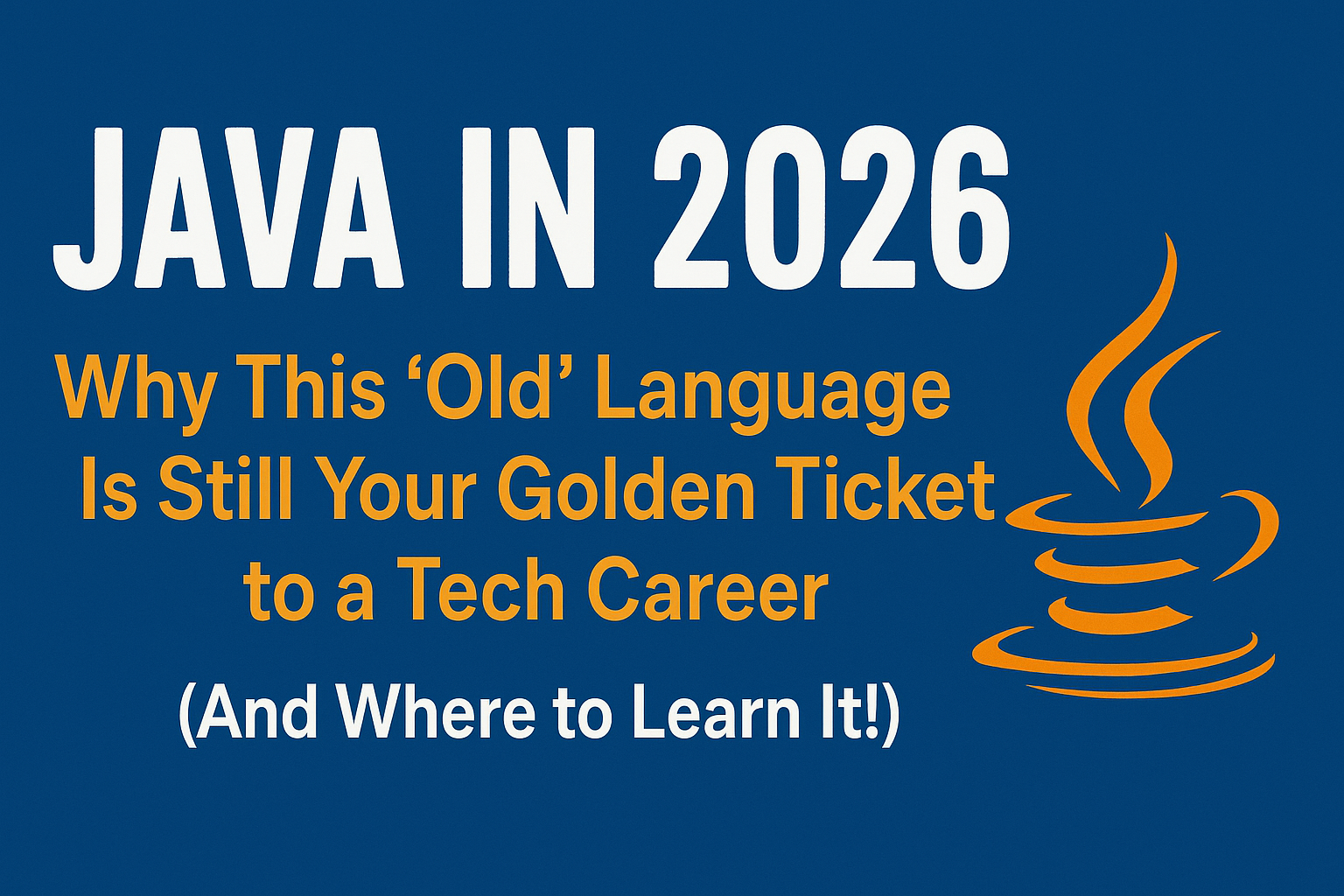
Java in 2026: Why This ‘Old’ Language Is Still Your Golden Ticket to a Tech Career (And Where to Learn It!
Think Java is old news? Think again! 90% of Fortune 500 companies (yes, including Google, Amazon, and Netflix) run on Java (Oracle, 2025). From Android apps to banking systems, Java is the backbone of tech—and Sulekha IT Services is your fast track t
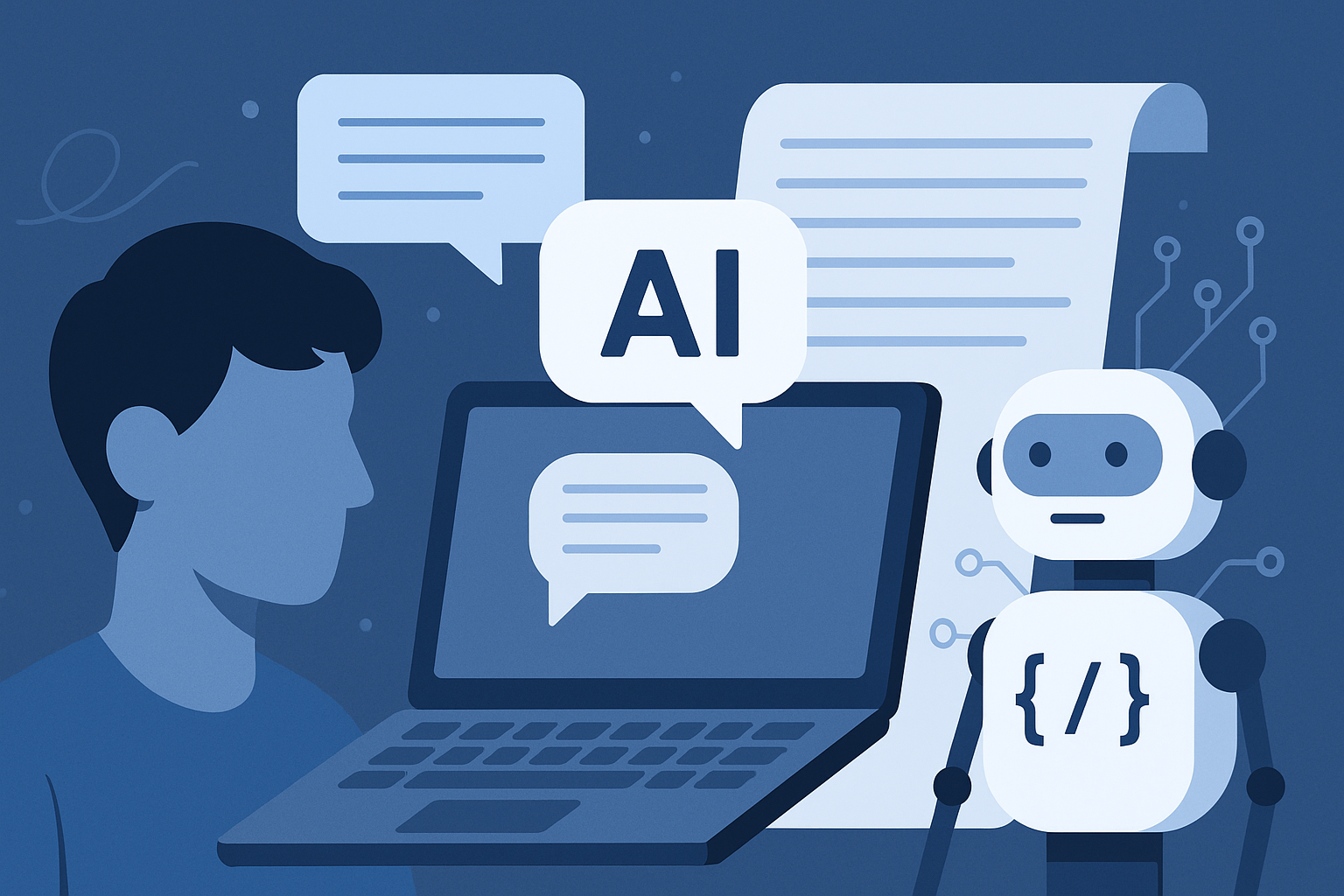
From Student to AI Pro: What Does Prompt Engineering Entail and How Do You Start?
Learn what prompt engineering is, why it matters, and how students and professionals can start mastering AI tools like ChatGPT, Gemini, and Copilot.

Cyber Security in 2025: The Golden Ticket to a Future-Proof Career
Cyber security jobs are growing 35% faster than any other tech field (U.S. Bureau of Labor Statistics, 2024)—and the average salary is $100,000+ per year! In a world where data breaches cost businesses $4.45 million on average (IBM, 2024), cyber secu

SAP SD in 2025: Your Ticket to a High-Flying IT Career
In the fast-paced world of IT and enterprise software, SAP SD (Sales and Distribution) is the secret sauce that keeps businesses running smoothly. Whether it’s managing customer orders, pricing, shipping, or billing, SAP SD is the backbone of sales o

SAP FICO in 2025: Salary, Jobs & How to Get Certified
AP FICO professionals earn $90,000–$130,000/year in the USA and Canada—and demand is skyrocketing! If you’re eyeing a future-proof IT career, SAP FICO (Financial Accounting & Controlling) is your golden ticket. But where do you start? Sulekha IT Serv

Train Like an AI Engineer: The Smartest Career Move You’ll Make This Year!
Why AI Engineering Is the Hottest Skillset Right Now From self-driving cars to chatbots that sound eerily human, Artificial Intelligence is no longer science fiction — it’s the backbone of modern tech. And guess what? Companies across the USA and Can

Confidence Intervals & Hypothesis Tests: The Data Science Path to Generalization
Learn how confidence intervals and hypothesis tests turn sample data into reliable population insights in data science. Understand CLT, p-values, and significance to generalize results, quantify uncertainty, and make evidence-based decisions.